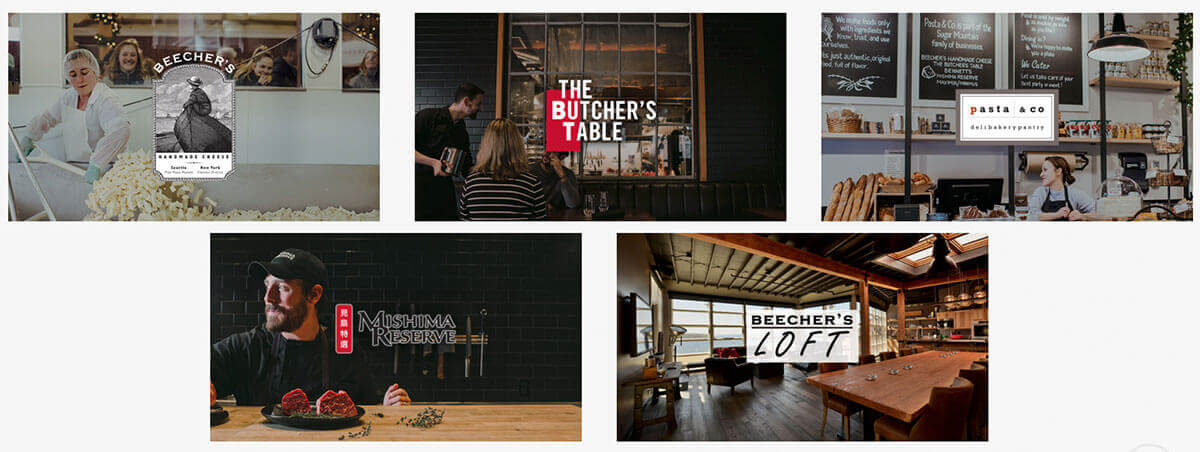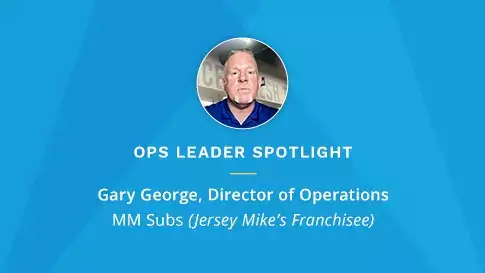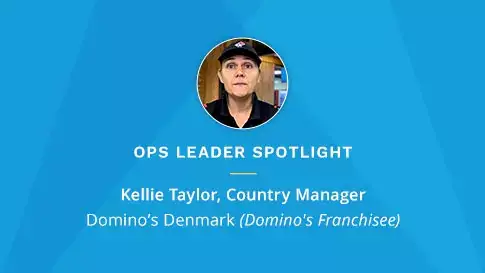With a new year approaching, the restaurant industry will be bringing in many new ways of operating to ensure they are ready to take on any new challenges the year may present. Operators have been forced to adapt quickly to provide clean and safe environments while maintaining quality to all customers. While the pandemic is far from over, the industry has developed new trends and business models that may very well carry on into the future.
In this blog, we spoke with Rob Whaley, the Vice President of Restaurant and Retail Operations at Sugar Mountain based in Seattle. Rob has been with Sugar mountain for a little over three and a half years and is in charge of overseeing everything from purchasing menus to staffing, to daily operations at their full-service restaurants as well as their retail operations in Seattle and New York.
Here is part of our interview with Rob:
Q: What have been some of the biggest challenges your organization has faced in today’s environment?
A: “As far as the challenges and how we've adapted to them, I would say the very first challenge is the incredibly fluid environment that COVID is presented. So the challenges change daily, the guidance and some of the rules and regulations change daily, as well as what our staff is going through. And so it's really presented us an opportunity to have to build flexibility into everything that we do, from how we plan our operations, how we plan our menus, how we communicate and how we measure results in the store.”
Q: What steps has your org taken to ensure the safety of employees & customers?
A: “Really at the top of the list for where we've had to be flexible and be able to adapt daily comes to the safety of our guests and our staff, which from the very beginning of this was paramount to us. And those really center around a few key areas. The first is cleanliness and sanitation, and from the very beginning that was a challenge for us of how we were going to completely rethink our cleaning procedures, our sanitation procedures in ways that we had never thought of before, both in our normal, traditional day to day operations, and kind of how we've adapted new technology, and touch screens and customer facing touch screens that we need to sanitize in between each transaction. Additionally, we had to think about how we were going to rearrange the layout of our stores and our business model to account for things like social distancing and the amount of guests that are allowed inside a business, as well as how we managed our operational set up within our store so that our staff could socially distance from each other and still be able to execute a menu that the guests came to expect....We have signs in our stores that tell our guests all the steps that we're taking. We have those steps posted in our team member areas as well. So we've been very explicit about explaining everything that we're doing, why we're doing it, how it aligns with, for instance, the CDC guidelines or our local health department guidelines, why we feel it's important and how we're going to maintain it. And then the other thing is that we've made a real effort to be visible with what we do. So for instance, as we sanitize the touch screens that our guests touch in each transaction, we're very deliberate about making sure that we do it, that they see us do it, that we're willing to pause in between customers, so that what we're doing is not only explicit in a sign at the door, but that they visually see us doing it.”
Q: As the industry navigates back to growth and emerges even stronger, what do you think some of the longer-term industry trends will be?
A: “As we look at the future post-COVID of full service restaurants, I really believe that the guest experience is going to have technology built in at every level that makes it more convenient for them and more efficient for the restaurant, everything from the very beginning when they go to choose a restaurant and make a reservation, to their experience in the restaurant with menus and with payment. And I think there are efficiencies that everyone is learning through this process that have proven to be beneficial for the guests, and coming out of this are going to be beneficial for the businesses. I think it's going to help the whole experience be a little faster, a little cleaner, have an easier impact on the environment without the printing of menus and the printing of checks, and be safer and more efficient all the way around.”
Watch the full interview here:
Subscribe to our blog
You are now subscribed!



